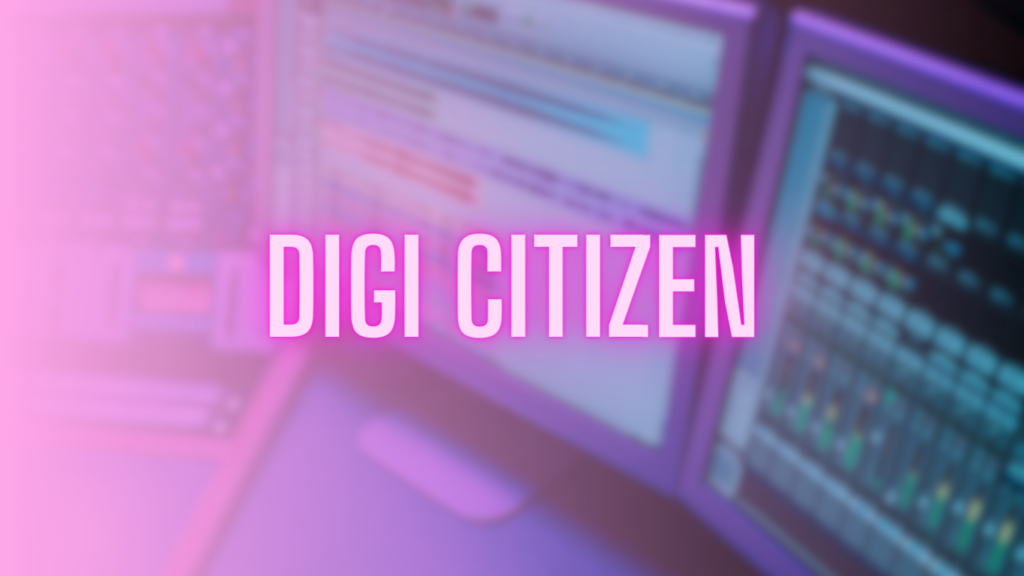
Here on this page I’m “surfing the web” and taking a closer look at some of the most used digital services in Finland e.g. KELA and OmaKanta. I also wonder, what happens when people don’t have access to digital services, or the know-how to even use them?
Digital Services
KELA – painful but necessary
I luckily don’t need to use KELA’s (the Social Insurance Institution of Finland) services anymore. But when I was a full time student (back in 2010-2014) or when I was unemployed or only partially employed I did need KELA’s help a LOT in order to have housing and be able to buy food. So that’s why how KELA operates is familiar to me.
Funnily enough, even though I’m not KELA’s regular client anymore – I still need to sometimes read information on their website due to work.
European Health Care Card
I’ve been a happy owner of the European health care card since 2012 when I moved to Spain to do my first internship abroad. Those were the days. I spent three summers in Spain and got sick at least once every year – that’s when the EHCC came in very handy. I got the same treatment for the same price as any local would. If I remember correctly, my doctor’s appointments were totally free and the prescribed antibiotics from the pharmacy cost me very little too. Hallelujah to universal health care.
OmaKanta and KEVA
Next on the agenda was to figure some things out in OmaKanta and Keva.
Before you can use either of these services you need to log in with the method that best suits you (they have some options). My preferred log in method is to use my Finnish banking info. If I didn’t have a Finnish bank account, I could figure out an other way to log in for example by using the Finnish Authenticator -app.
The assignment after this was to figure out how much pension I’d collect if I retire at the age of 63 or 68. And the results are not fun to look at. With the amount of pension I’d collect I could probably just pay my phone bill and get a meal from Hesburger.
But I very much doubt I’ll ever get to retire, I just hope I’ll get to grow old healthy and be able to work as long as possible. That’s why it is so important to have a job that you actually like and enjoy doing. But that’s a discussion for another day.
The future for my generation and the next doesn’t look too bright right now. Ah, I’m such a Debbie Downer.

Digitalization and Digital divide
Visiting Digital Shops
The assignment was to visit a digital shop of my choice and evaluate its reliablility and other qualities. The website / digital store I chose to take a deeper dive into is Amazon. I use Amazon a lot while spending time in USA.
I’m not proud to announce that buy things often from Amazon. Although handy and efficient – Amazon isn’t the most ethical company there is. I’m full aware of the all the problematic labor practices and that it’s not the most sustainable organization and that some of the sellers on Amazon are basically scams. BUT Amazon has also received a lot of criticism and has made major changes to become a (slightly) more responsible service provider and employer (Kashish Gambhir on LinkedIn). You can read more info on Amazon’s website about their ambitious plans, but we’ll see…
For the consumer, the service that Amazon provides is pretty reliable. You can return the things you’ve ordered quite effortlessly and can get your money back within a day. I’d really like to see Amazon support small business owners and promote their shops more. Now the big companies dominate this field as well.
Service / App from my own field (Marketing & Communications)
This assignment continues with choosing an evaluating an app from my own field. I chose the social media scheduling app Buffer, as it is fairly new to me and I want to know more about it.
I’ve used Buffer to for social media scheduling with my team for about 4 months now.
Before Buffer we used Hootsuite for multichannel posting and scheduling. Hootsuite raised their prices and made it pretty much impossible to use their free version in the way we wanted to use it. Therefore we needed a new scheduling app.
After some research we chose Buffer. The reasons for making this decision were:
– pricing,
– user friendliness,
– clear calendar view (able to see all the scheduled posts at once),
– analytics (reach and engagement)
– ability to publish reels, feed-posts, stories and links
– multiple users and multiple channels –> easy to navigate between them
So far I’ve been happy with this service/app. It helps me and everyone in our marketing team to schedule posts effortlessly days, weeks or even months in advance. It’s also easy to edit upcoming posts before they’re published, so if you want to make last minute changes to a scheduled post, that’s also possible.
Digitalization and the Digital Gap – what are the risks and challenges for those people, who do not use virtual services?
“The digital divide is a term that refers to the gap between demographics and regions that have access to modern information and communications technology (ICT), and those that don’t or have restricted access. This technology can include the telephone, television, personal computers and internet connectivity.”
https://www.techtarget.com/whatis/definition/digital-divide
At this day and age, if you don’t yet use virtual services – or technology at all – you might fall from the grid and therefore miss out on important information and opportunities. This affects people globally, especially women in developing countries (UN Women).
One interesting research about the digital divide in Finland was conducted by teleoperator DNA in 2019, when 10% of Finnish people felt like there is digital inequality in Finland. Over 40% of people are worried of the digital skills of someone close to them and their access to digital tools. Digitalization is evolving rapidly causing people under the age of 40 to be concerned whether they can keep up. (STT).
Risks and challenges for the people who do not (or are not able to) use virtual services:
– Impressionable and more vulnerable for “fake news” ie. deep fake content, ability critically view content’s sources, figuring out what is a reliable source and what to read with caution.
– Especially elderly people and people who use online services rarely can be easy targets for cyber crime such as phishing attempts and other scams.
– People who lack technology skills and knowledge can miss out on job or education opportunities.
– It is a lot more difficult for people who don’t use digital services / and to gain access to their personal information, book important appointments, banking, health care, travel, voting…
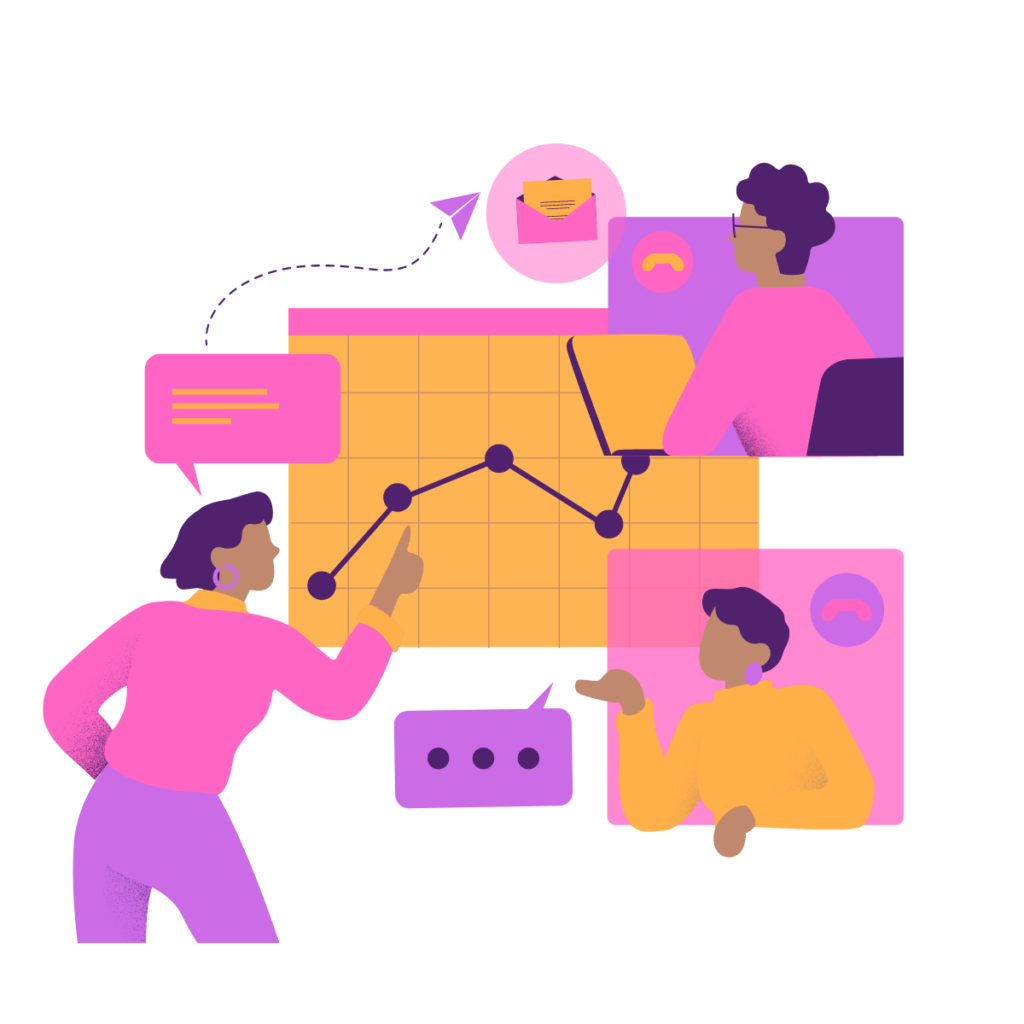
Digital Competence and Self Evaluation
One part of this assignment was to take the Digital Competence Test. I found this test quite interesting – in my opinion the questions of the test were pretty “basic”. Basic knowledge. But then I realized, I’ve been using digital services and digital tools ever since they were available to me and that’s why I felt very confident in all the areas of the test.
I would’ve expected ‘Safety’ to be my weakest area, but in the “wheel” you can see my weakest (but still quite strong, heh) area is ‘Production’.
I’m not a professional when it comes to creating visual (video, sound, photo) material. I’m pretty good at using Canva, but if and when I have the chance – I leave the media production to people who’ve actually studied the field. I stick with creating written content and writing scripts.
But let’s talk more about the topic of Safety: I wanted to add, that it would be extremely important for organizations and employers to make sure their employees are up to date with all the digital safety precautions and policies. Make sure they know where to store all the delicate information, what channels to use for communication, how to work from home as “information securely” as possible etc.
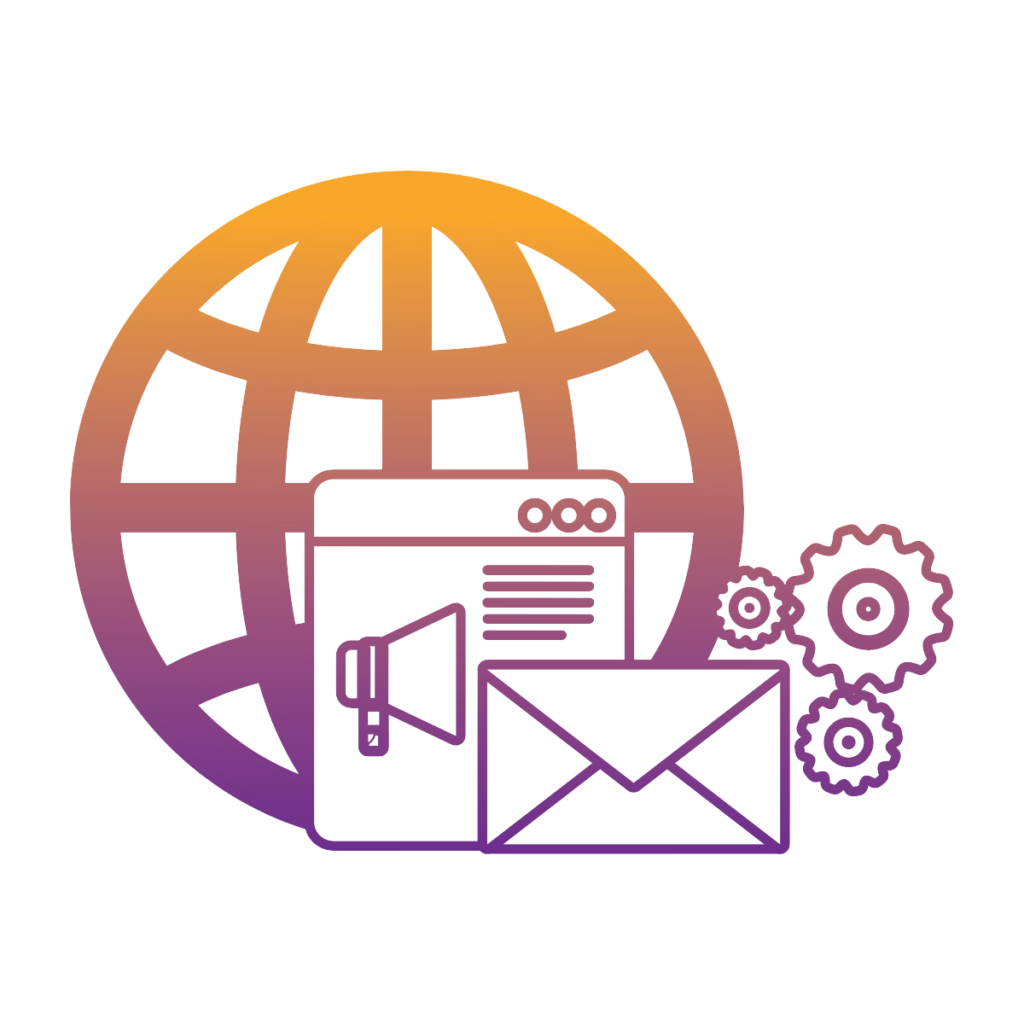
As this course goes on, it becomes more and more evident to me that I need to pay more attention on protecting my privacy and data online. I feel like the risks for cyber crime are rising and we need to be extra careful on how and where we store our data.
Another thing I really need to study and examine – for the sake of becoming better at my job – is the possibilities, advantages and risks of utilizing AI and automations. These both are quite fruitful and delicious tools and can be a great help when it comes to providing service or even creating marketing funnels or even email automations. But I want to figure out ways to do it as ethically and transparently as possible. And right now I feel like the laws, policies and guidelines about all of this are either quite vague or confusing. Maybe all of this will seem less confusing the deeper I dive into these topics.
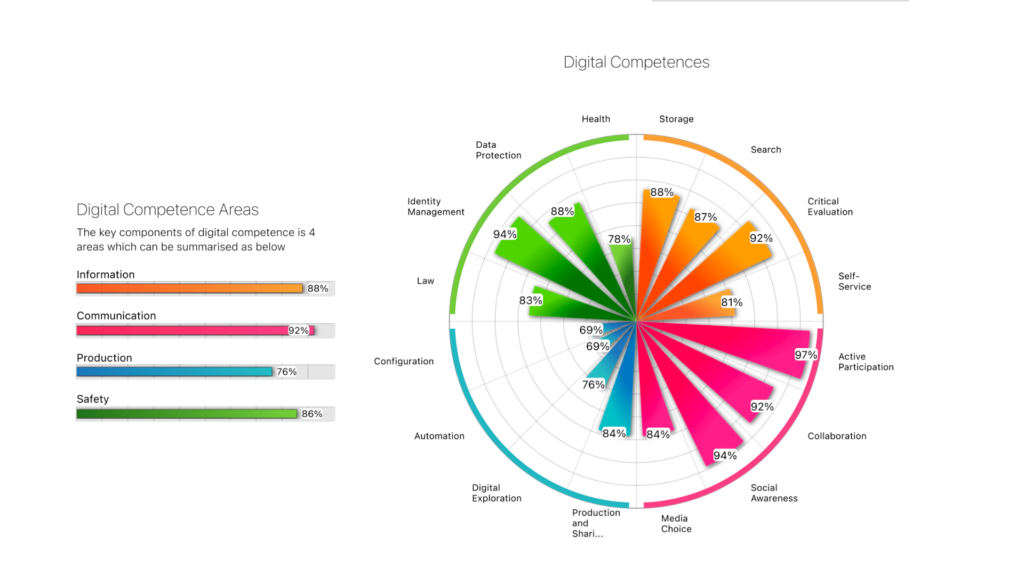
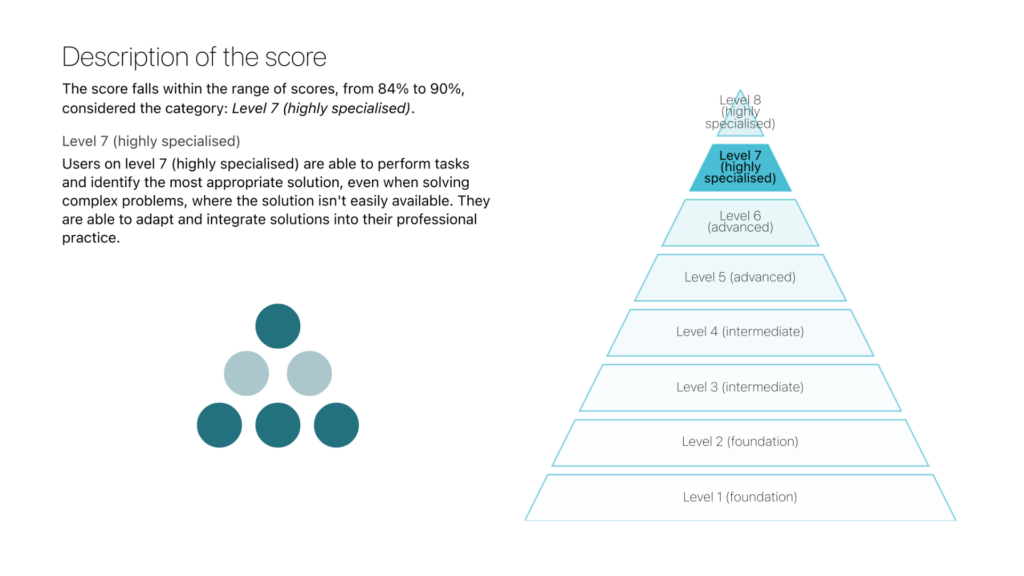
Excellent post with lots of infomation. Your generation has many challenges ahead on how to operate in the future world of digitalization, to make it work it for everyone most perfect way possible. I agree with the examples of risks and challenges you mentioned, like fake news and more. It’s a quite of problem as we have seen already.
Great work with your blog. I liked that you had ethical considerations when buying in AMAZON. That is something I will pay more attention too. It’s not about only buying cheaper but customers can really help to build a better world with their decisions. Your insights into the digital gap are very interesting. People are really vulnerable to fake news when they don’t have access to online information. Also old people who are not experts in these matters are vulnerable to phishing. You seem to have quite advanced digital skills.
Hi Maria!
Thank you for your post and special thanks for introducing the Buffer! I haven’t heard from it before but it really seems like a tool I could also use in my work. It would be really good for my team too to be able to create and schedule social media posts for weeks or months in advance.
That is also a very good point from UN Women that the lack of possibilities to use virtual services affects especially women in developing countries.